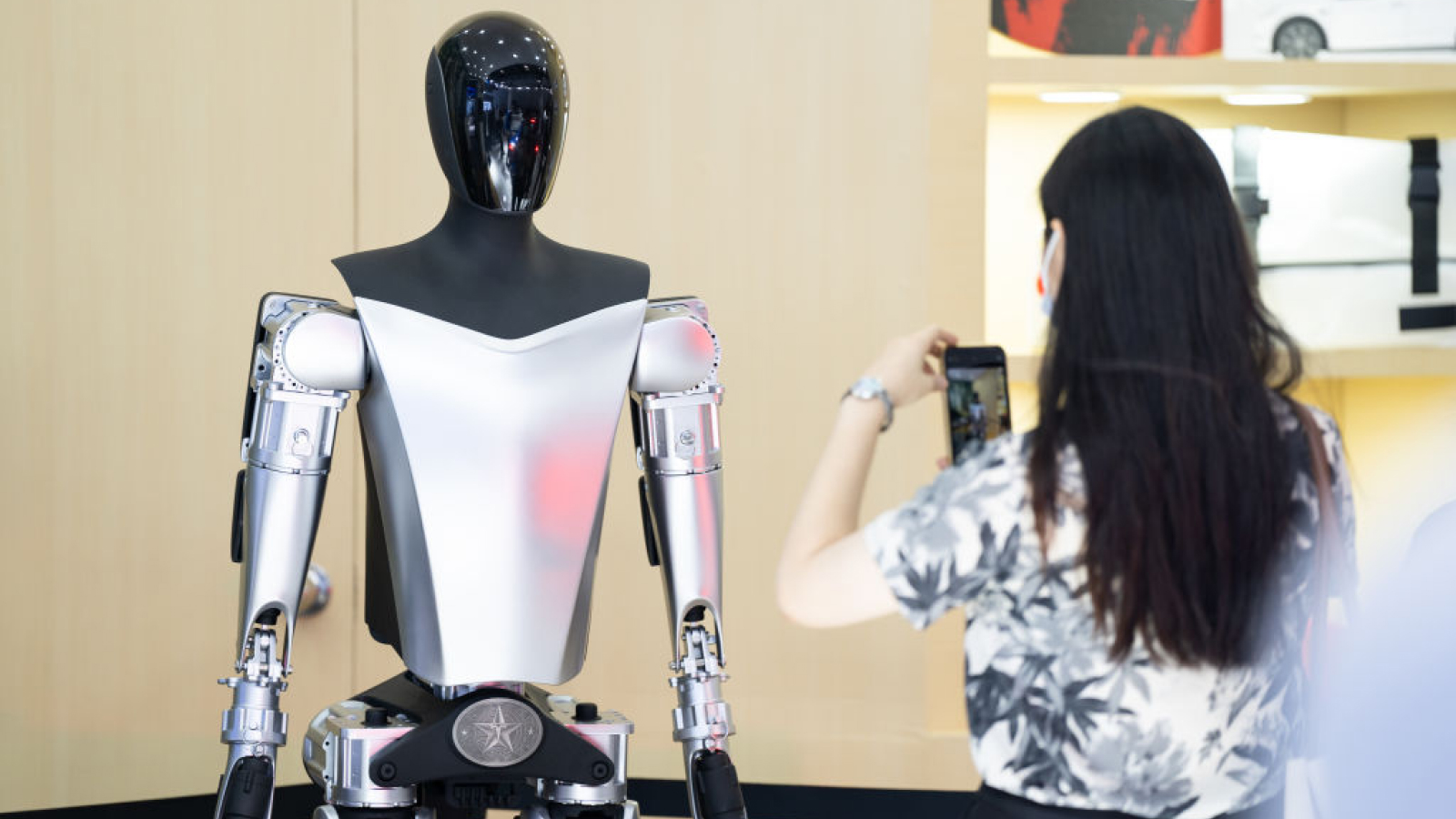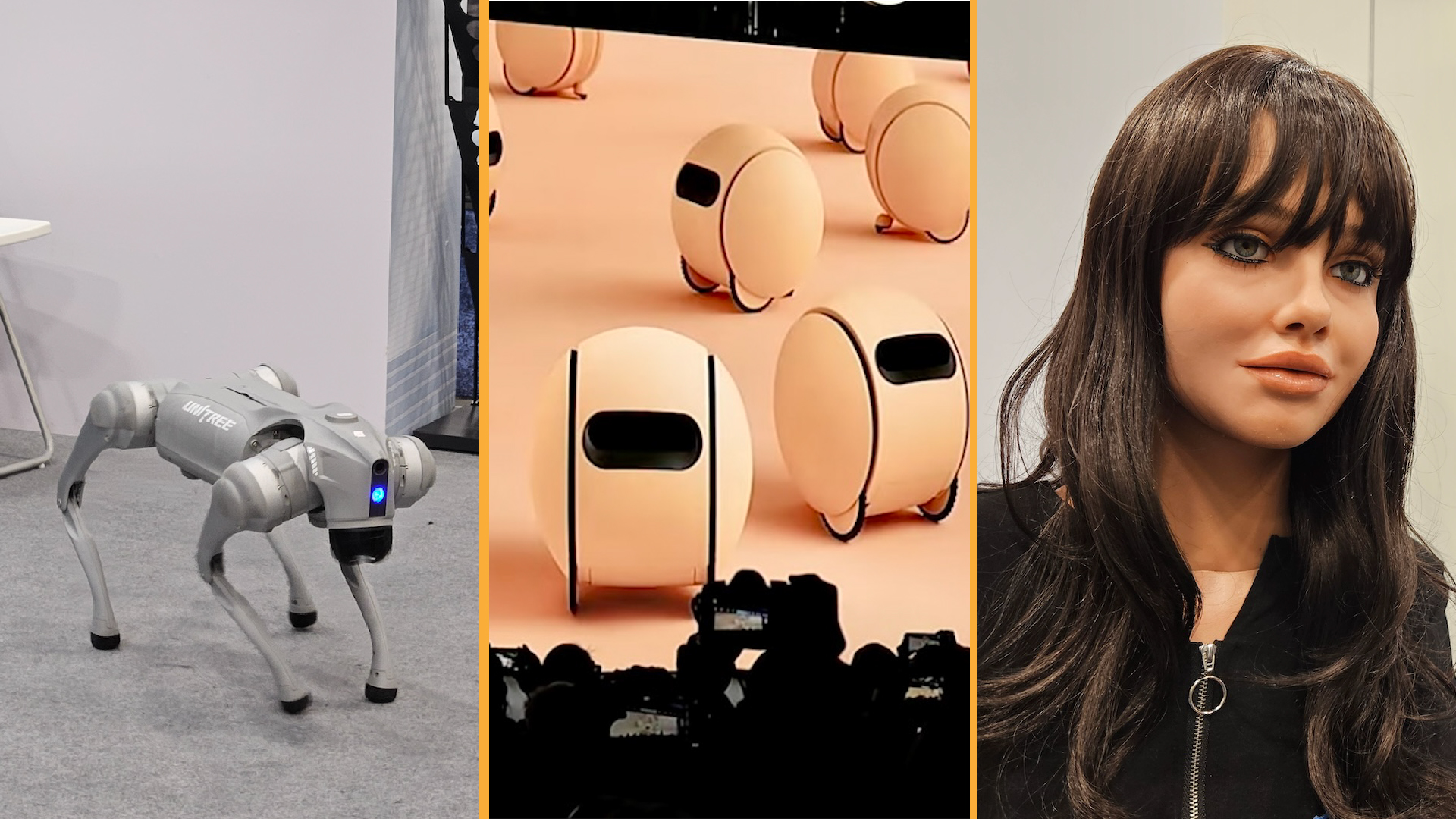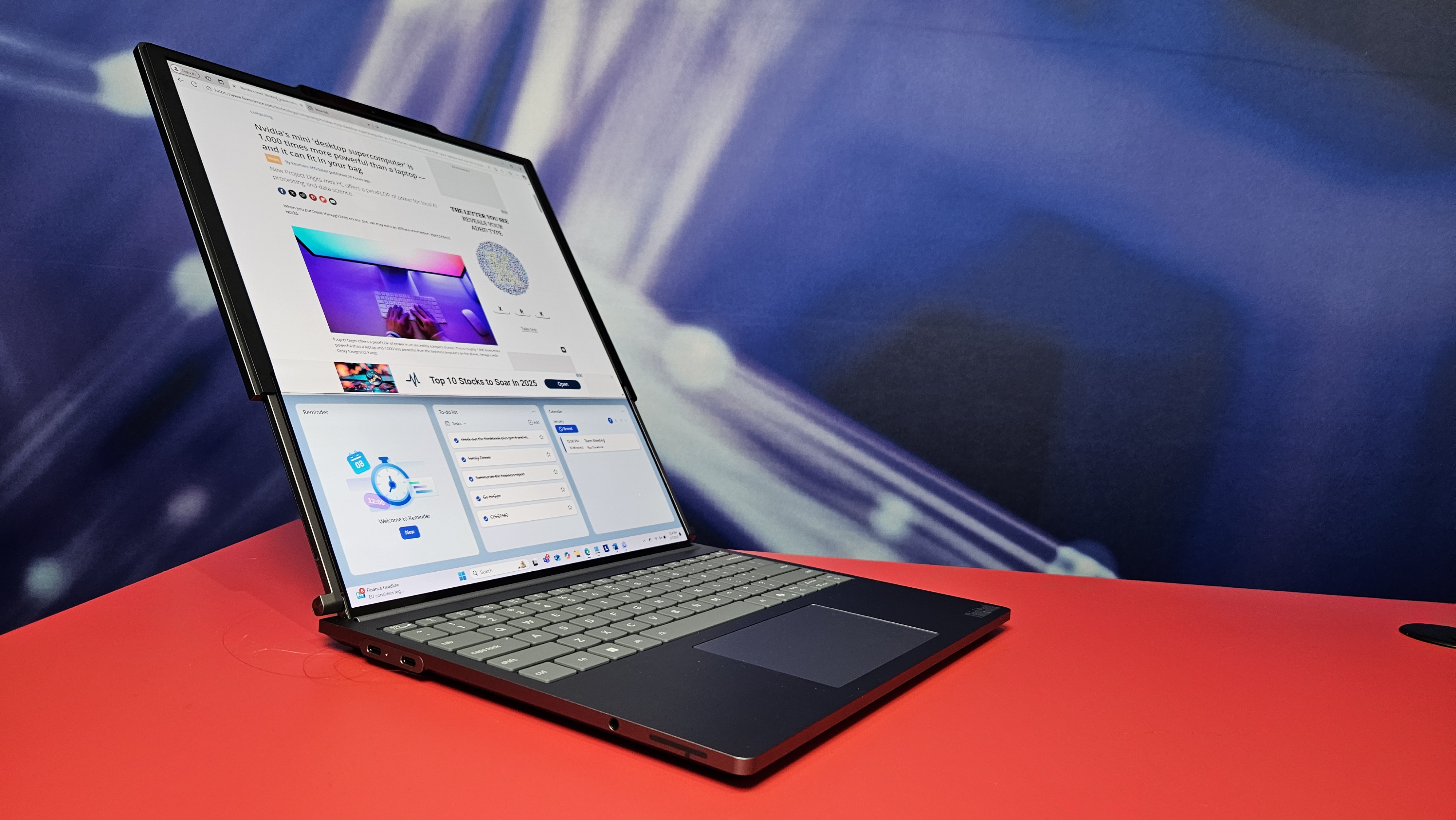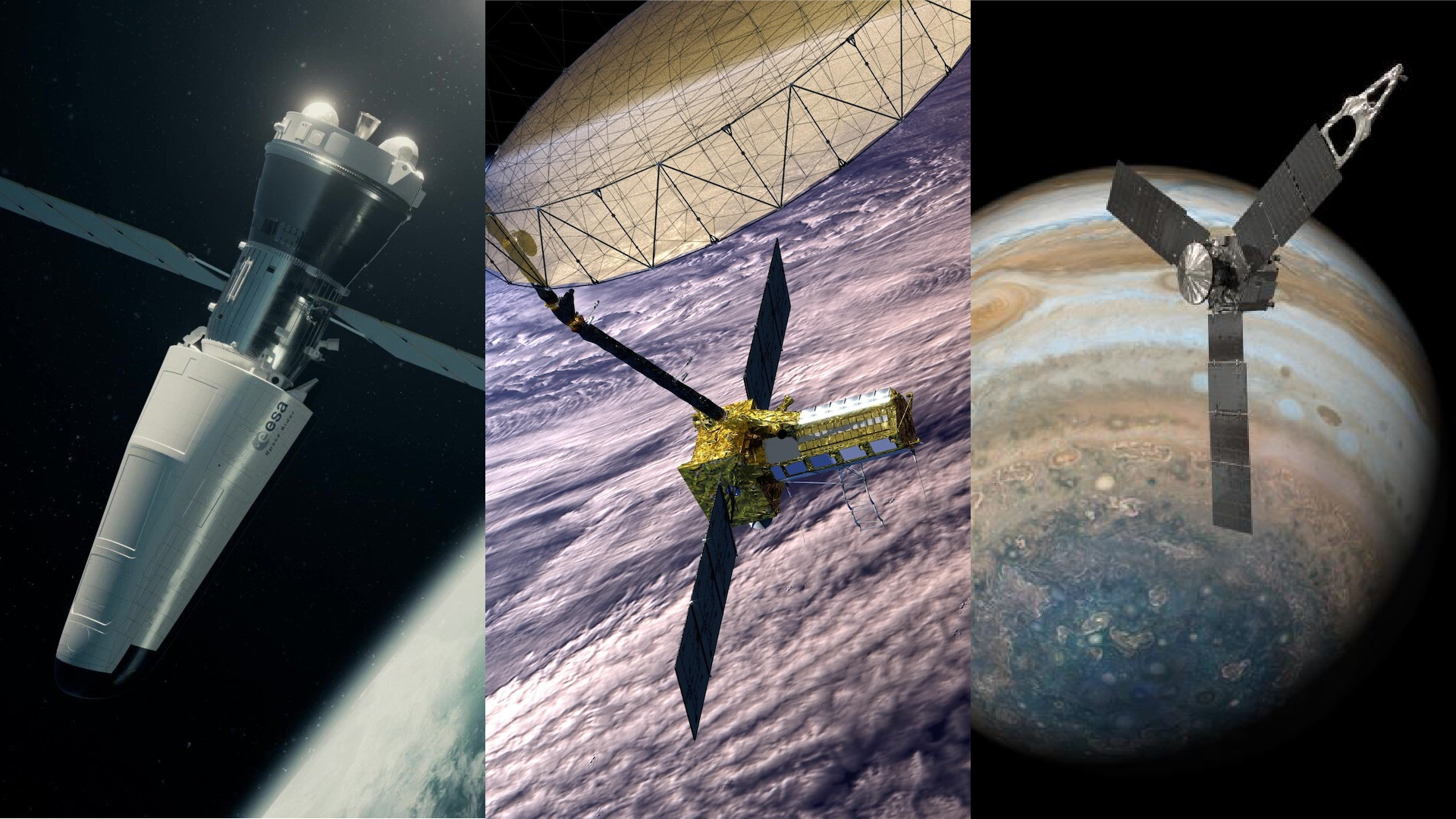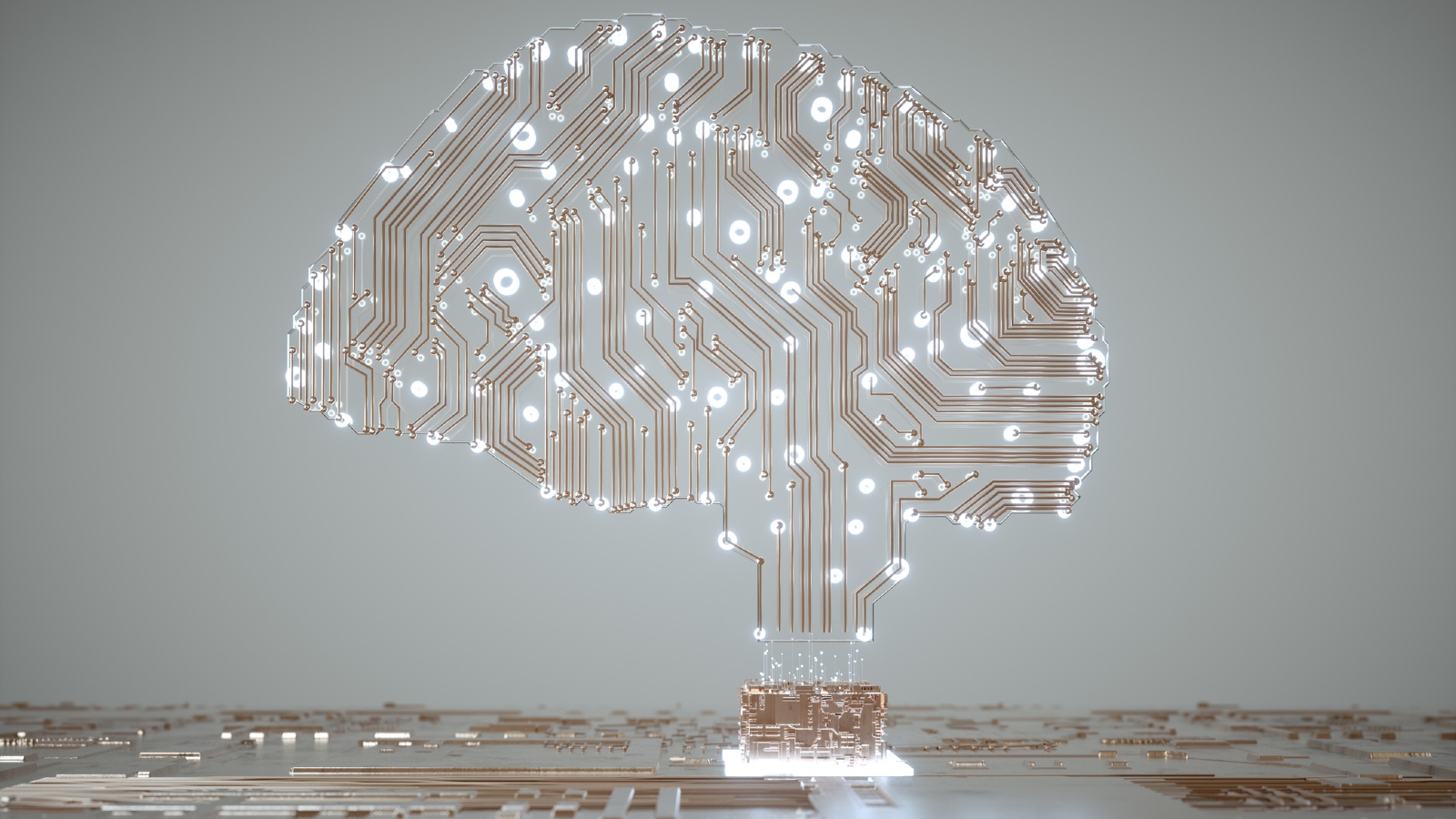The 7 most disturbing humanoid robots that emerged in 2024
From a disembodied torso to a "friendly" robot with unnervingly human facial expressions, here are seven of the most advanced humanoid robots in the world.
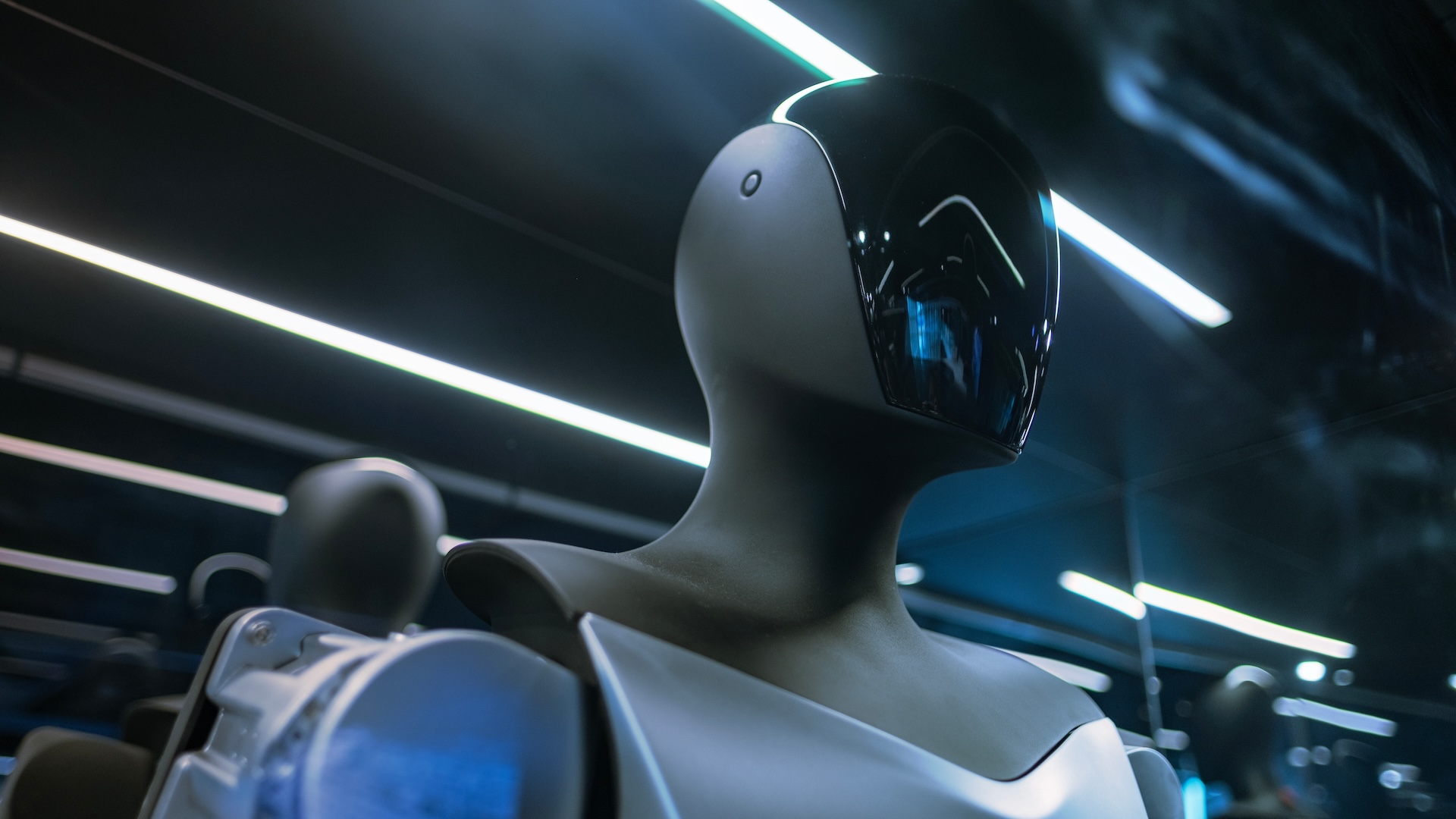
If you're worried about humanoid robots taking your job in 2025, rest easy. The few commercially available models are slow, ponderous and best suited to menial jobs that humans hate — think lifting a 20-pound (9 kilograms) object onto a conveyor belt.
But things are set to change. By the end of this decade, many experts think humanoid robots will have evolved — if that's the right word — into genuinely useful members of the workforce. They will likely be faster than humans, work longer hours and have higher reasoning abilities than the best AI chatbots. Per year, they will also cost less.
If you're cynical about all this, you're right to be. Up until this point, companies have made many claims they've struggled to meet. What's more, only one humanoid robot in our seven-strong list is currently on active working duty.
Despite this, it's still likely that in five years' time we will see humanoid robots on sale that combine the dexterity of Atlas, the emotional connection of Ameca, the hand skills of Phoenix, the brains of Figure 02 and the style of Optimus. Here are seven robots that pushed the boundaries in 2024.
7: Apollo, the general purpose robot
The co-founders of Apptronik worked on the NASA Valkyrie robot project in 2012 to 2013. From that star-studded heritage comes Apollo, a general purpose humanoid robot that stands 5 feet 8 inches (1.73 meters) tall.
It's "general purpose" because Apollo could just as easily look after the elderly as work in a factory, with an Nvidia partnership enabling it to use artificial intelligence (AI) to learn skills just by observing humans performing tasks. But that's the future. For now, Apollo is at the prototype stage, although Apptronik is partnering with Mercedes-Benz to test scenarios in its factories.
6: Digit, the working robot
As with so many in our list, Agility Robotics' Digit is built to carry out repetitive tasks in industrial settings such as warehouses. Very much unlike its rivals, though, this robot is already being put to work. Head to GXO Logistics' facilities at Flowery Branch in Georgia, and you'll find a tireless robot worker moving boxes weighing up to 35 pounds (16 kg) from autonomous mobile delivery units onto a conveyor belt.
However, Digit is not the most elegant of robots. The majority of its 5 foot, 9 inch (1.75 m) frame is dominated by backward-facing legs that enable it to stand close to racks, with the only concession to a more friendly design being a pair of rectangular LED "eyes" (in reality, it uses Lidar and Intel RealSense depth cameras to detect its surroundings).
5: Phoenix, the finger-clicking good robot
While other robot makers focus on speed and strength, Sanctuary AI's Phoenix is all about the fingers. In December 2024, the company revealed its robot with fingers that are so dextrous they can maneuver a 12-sided die as needed, along with having tactile pads for each finger.
Sanctuary AI focuses much of its efforts on intelligence, with the aim to build a modular robot that can add new skills via hardware and on-the-job learning. But Phoenix remains a prototype, with its only official outing so far being a week-long pilot in its native Canada, where it worked in a retail store performing tasks such as packing merchandise.
4: Figure 02, the talking robot
Much like Tesla's Optimus Bot, the Figure 02 could have stepped out of a science fiction movie. Add laser beam eyes and we'd be afraid. Until, that is, we saw this 5 foot, 6 inch (1.68 m) robot walking — or more accurately, shuffling — and talking.
Figure 02 is the only robot on our list that can talk, applying OpenAI's large language models (LLM). That means you can ask it for something to eat and it will pass you an apple, and you can talk to it just as you do ChatGPT.
With dextrous fingers — and the ability to learn from its mistakes, this is one of the most advanced humanoid robots around. However, we don't yet know when it will move out of the prototype phase.
3: Ameca, the friendly robot

Ameca, created by Engineered Arts, takes a different approach from others on this list, with realistic hands and a face that is able to express emotion. Flexible skin and realistic eyes, plus a choice of on-board or cloud-based AI, mean it can even greet you with a delighted smile and respond near-instantly to questions. Another key difference is that Ameca can't yet walk. It's designed instead to be modular, so it could be attached to wheels or even be bought (or rented) as a torso and head alone..
2: Atlas, the scary robot
Don't mess with Atlas. Made by Boston Dynamics, this 5-foot-tall (1.5 m) humanoid robot possesses amazing balance skills — it can even move (relatively) gracefully from a prone position to standing up. A Cyclops-style eye that dominates its head perhaps doesn't help its human interaction skills.
To add further to this robot's terrifying list of skills, it can run at 5.6 mph (9 km/h), jump and even perform backflips. Unlike the other robots on this list, its incredible balance also means it can negotiate tough terrain.
With AI-enhanced vision to complete tasks autonomously, and a pair of simple but flexible claw-like hands, it's easy to imagine Atlas performing a wide range of tasks. But we'll have to wait, as this robot remains in the prototype stage for now.
1: Optimus Gen 2, the slick robot
Tesla wowed attendees of its "We, Robot" evening in October 2024, with the newest generation of its stylish humanoid robot serving attendees drinks — only for it to be revealed that humans were controlling the bots' hands, which were so dextrous they could make a cocktail.
But it's only a matter of time before the combination of AI and advanced sensors mean these 5 foot, 8 inch robots, set for roll-out in Tesla factories at some point in 2025, will live up to the hype. With Tesla's deep pockets and access to cutting-edge AI, battery technology and components, we think the Optimus Gen 2 deserves to be recognized as the most complete and advanced humanoid robot around today.
Editor's Note: This story was updated on Jan. 2, 2025 at 8:45 a.m. EST to remove reference to the Agility robot's price. The company has not yet published prices.
Sign up for the Live Science daily newsletter now
Get the world’s most fascinating discoveries delivered straight to your inbox.
Tim Danton is a journalist and editor who has been covering technology and innovation since 1999. He is currently the editor-in-chief of PC Pro, one of the U.K.'s leading technology magazines, and is the author of a computing history book called The Computers That Made Britain. He is currently working on a follow-up book that covers the very earliest computers, including The ENIAC. His work has also appeared in The Guardian, Which? and The Sunday Times. He lives in Buckinghamshire, U.K.







